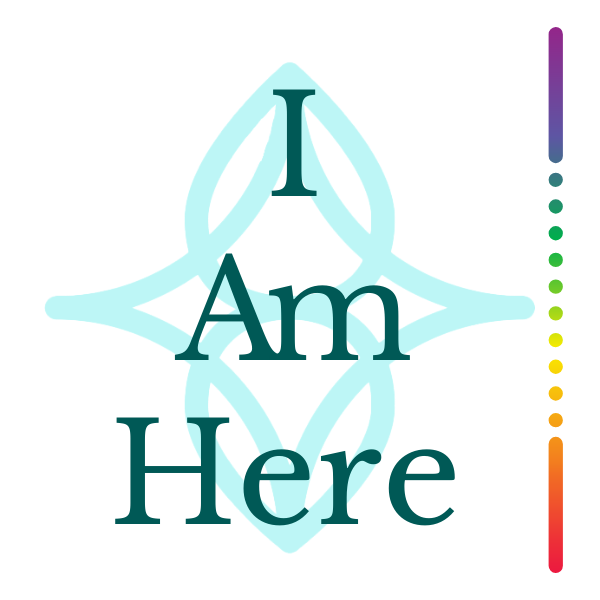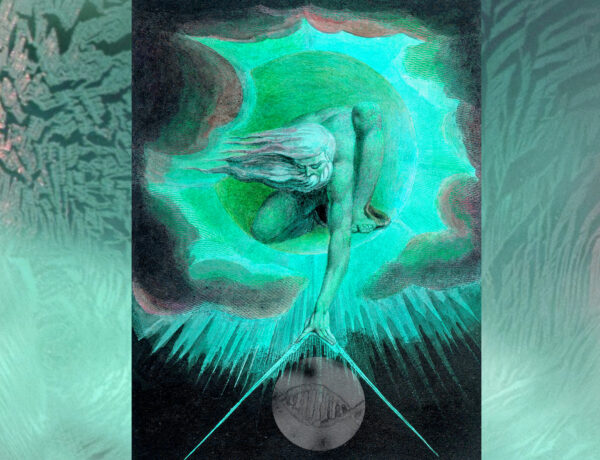DNA molecules can display what almost seems like telepathy, research now reveals.
Double helixes of DNA can recognize matching molecules from a distance and then gather together, all seemingly without help from any other molecules, scientists find. Previously, under the classic understanding of DNA, scientists had no reason to suspect that double helixes of the molecule could sort themselves by type, let alone seek each other out.
The spiraling structure of DNA includes strings of molecules called bases. Each of its four bases, commonly known by the letters A, T, C and G, is chemically attracted to a specific partner — A likes binding to T, and C to G. The scheme binds paired strands of DNA into the double helix the molecule is famous for.
Scientists investigated double-stranded DNA tagged with fluorescent compounds. These molecules were placed in saltwater that contained no proteins or other material that could interfere with the experiment or help the DNA molecules communicate.
Curiously, DNA with identical sequences of bases were roughly twice as likely to gather together as DNA molecules with different sequences.
The known interactions that draw the bases together are not the factor bringing these double helixes close. Double helixes of DNA keep their bases on their insides. On their outsides, they have highly electrically charged chains of sugars and phosphates, which obscure the forces that pull bases together.
Although it looks as if spooky action or telepathic recognition is going on, DNA operates under the laws of physics, not the supernatural.
To understand what researchers conjecture is really happening, think of double helixes of DNA as corkscrews. The bases that make up a strand of DNA each cause the corkscrew to bend one way or the other. Double-stranded DNA with identical sequences each result in corkscrews “whose ridges and grooves match up,” said researcher Sergey Leikin, a physical biochemist at the National Institute of Child Health and Human Development in Bethesda, Md.
The electrically charged chains of sugars and phosphates of double helixes of DNA cause the molecules to repel each other. However, identical DNA double helixes have matching curves, meaning they repel each other the least, Leikin explained.
The scientists conjecture such “telepathy” might help DNA molecules line up properly before they get shuffled around. This could help avoid errors in how DNA combines, errors that underpin cancer, aging and other health problems. Also, the proper shuffling of DNA is essential to sexual reproduction, as it helps ensure genetic diversity among offspring, Leikin added.
Leikin and his colleagues detailed their findings in the Jan. 31 2008 issue of the Journal of Physical Chemistry B.




